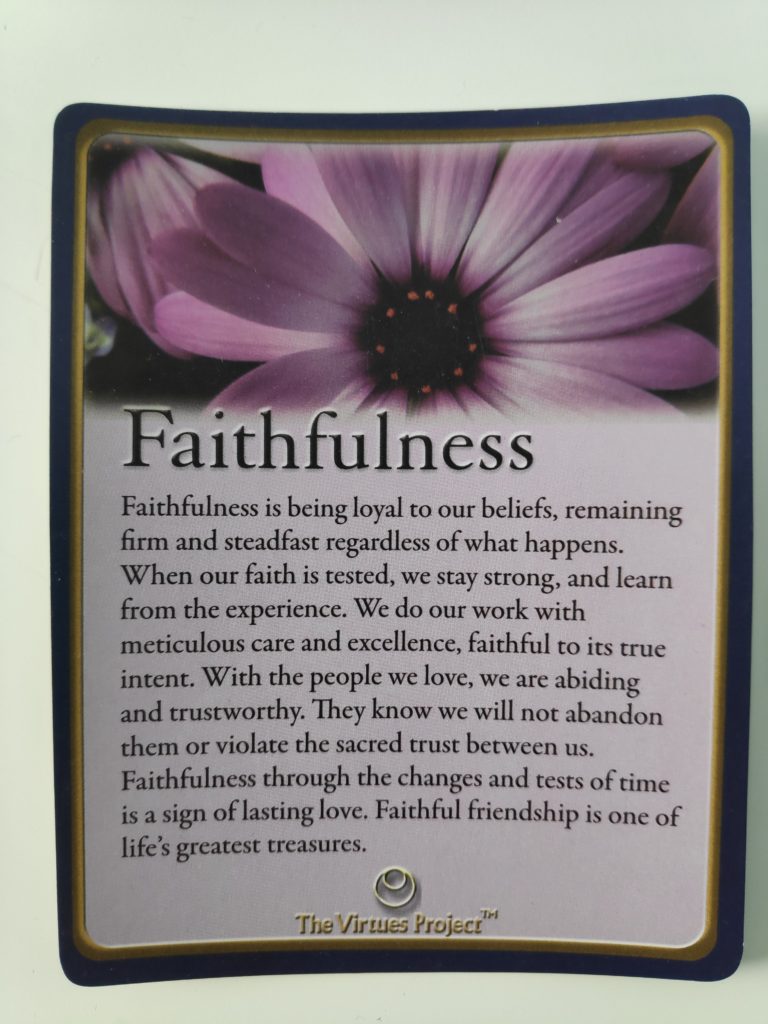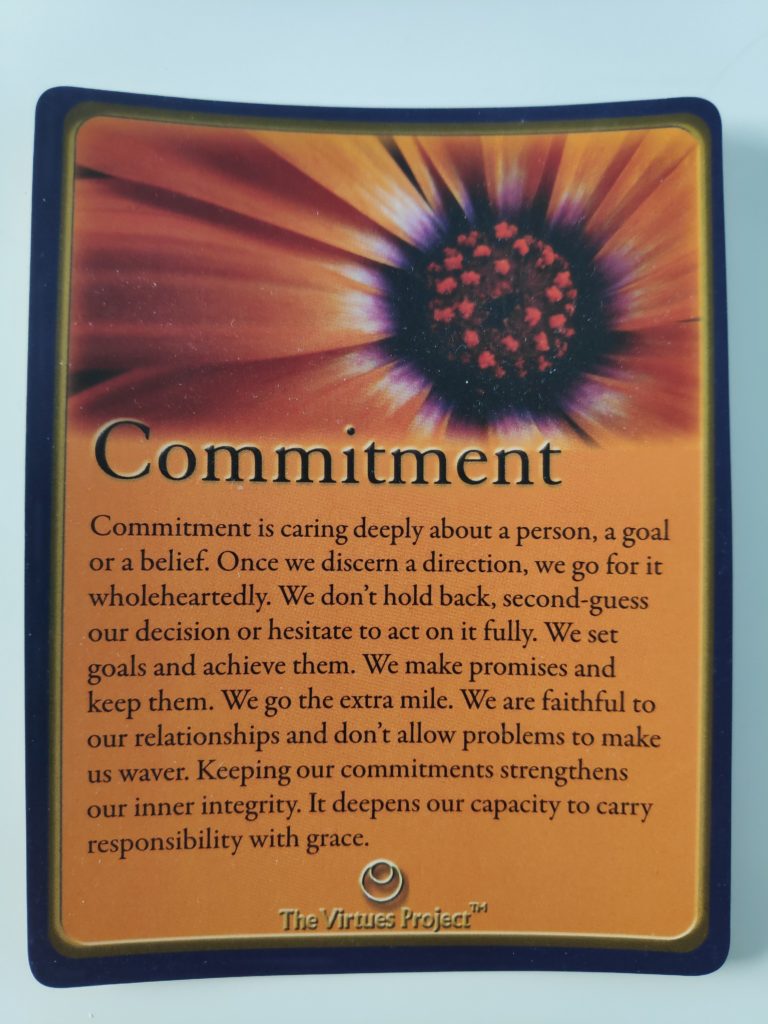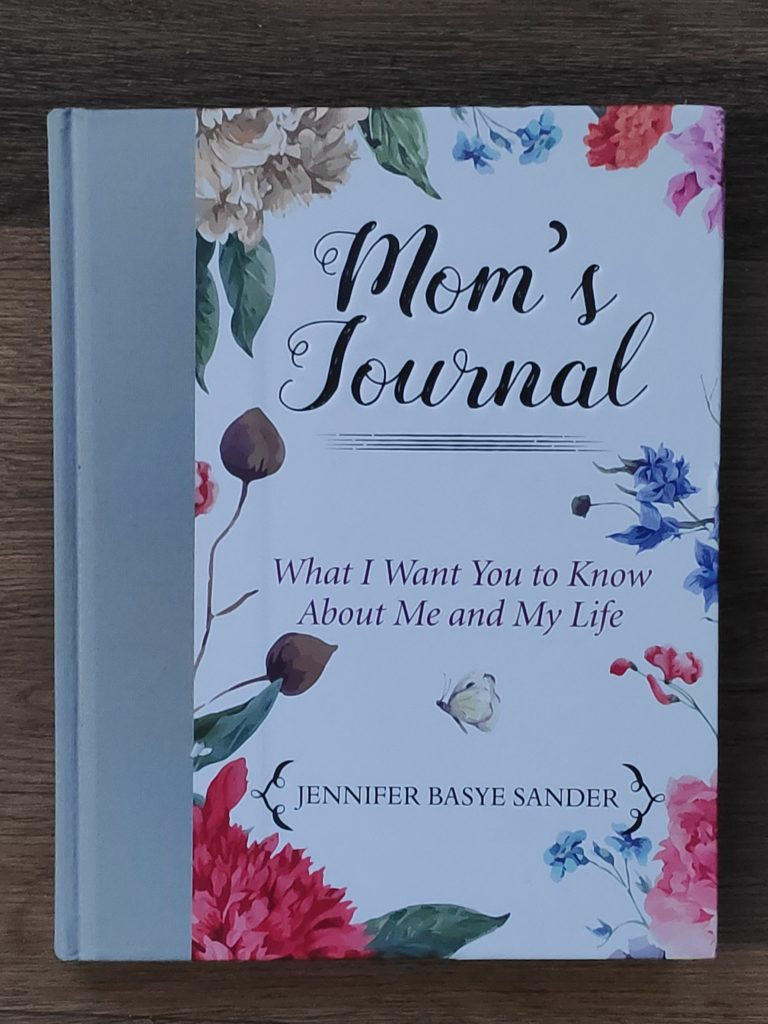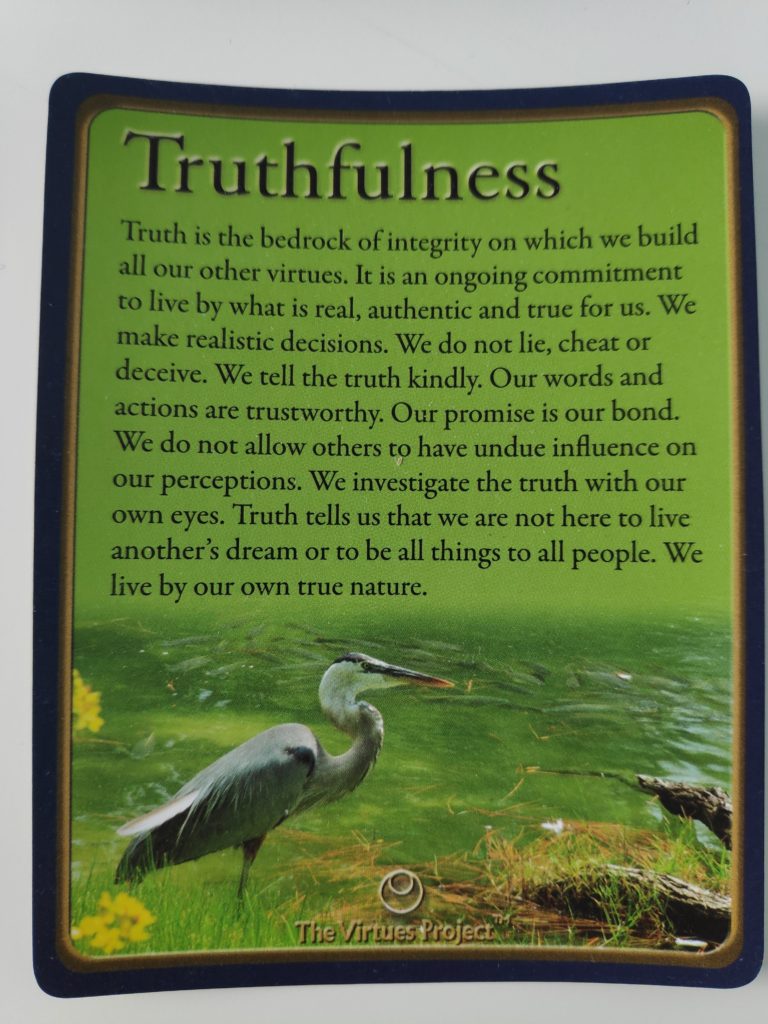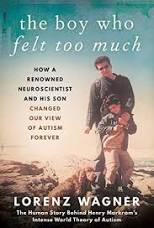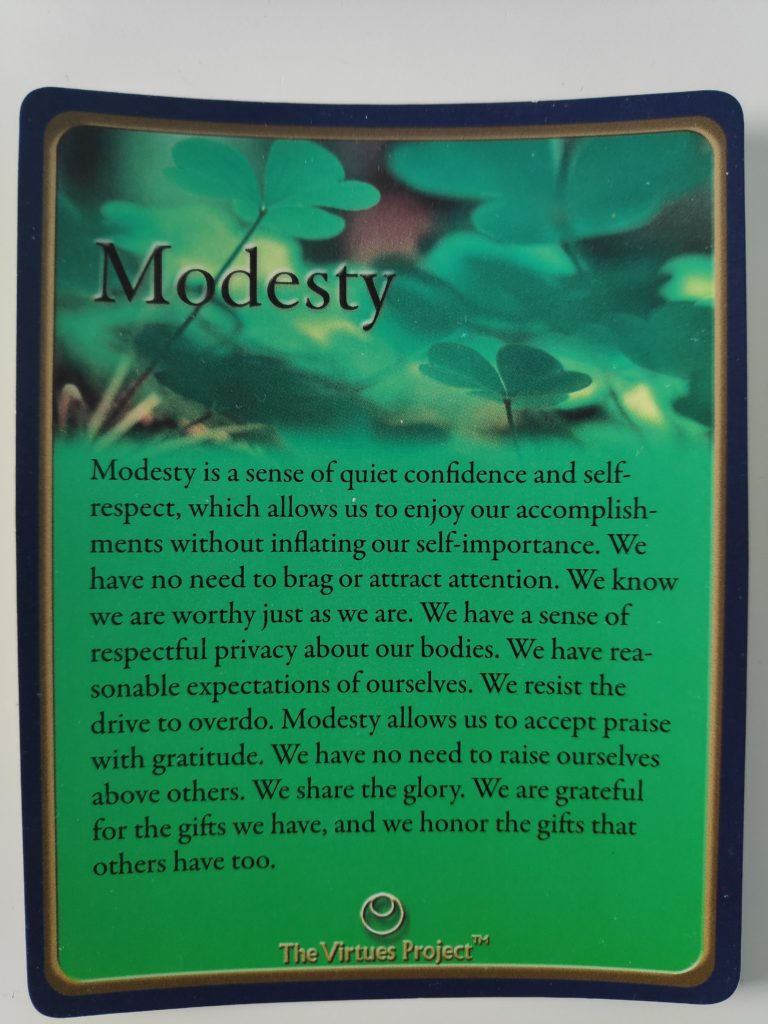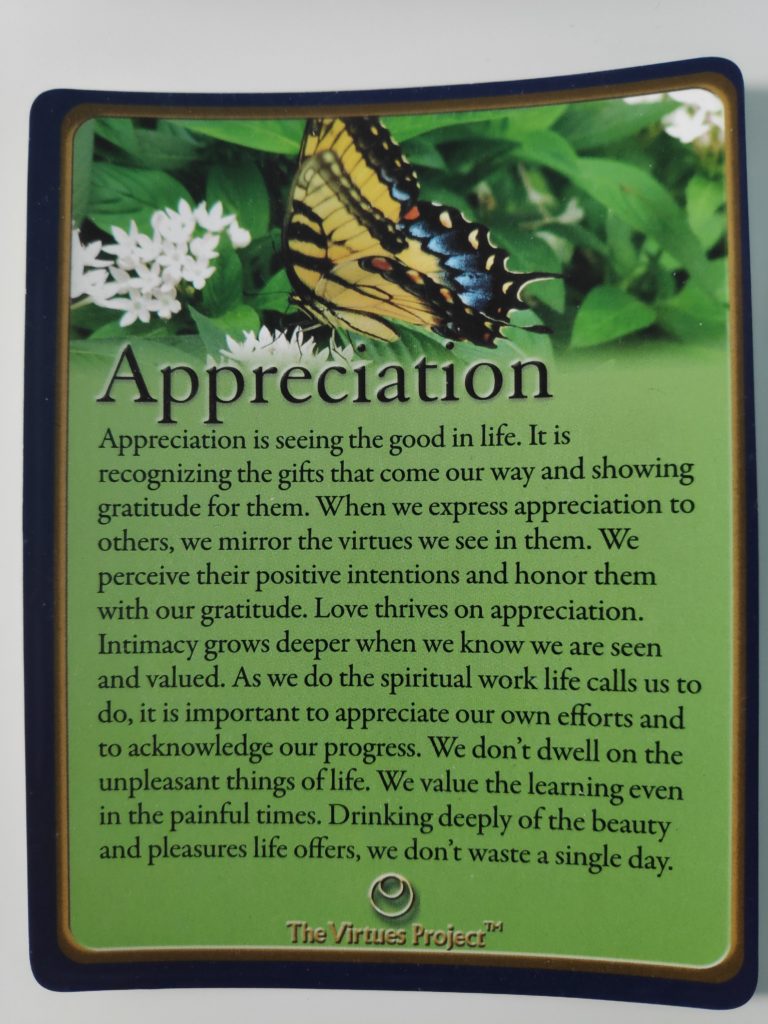Being generous sounds easy and many times it is. We give away things we are finished with or don’t need. We give our time to a cause that we believe in. We help people who are our friends. But I note in the first sentence of this virtue card, the phrase “of value to us”. I think generosity has to go deeper, to giving things we aren’t finished with, things that could be hard for us to do without. We have to be able to give our time to people who aren’t necessarily our friends.
In these days of quarantine and isolation in order to prevent the spread of the COVID-19 virus, we perhaps have to be generous in different ways. We can be generous with our time by keeping in contact with others using the internet or our telephones. Those who are healthy and not at risk can go shopping for those who have to stay at home. We can be creative in the ways we can help others who are having a more difficult time than we are.

“Generosity is giving to others something that is of value to us. Generosity is a quality of spirit that calls us to share what we have. We also allow other to give to us. Every gift is double blessed, bringing joy to the giver and the receiver. Generosity helps us to give time and attention to the feelings, needs and views of those around us. It springs from a sense of abundance and gratitude for the limitless richness of life. We give cheerfully without expecting anything in return. We are receptive to blessings. Generosity encourages us to share the bounty.”
When I practice Generosity, I:
- willingly share with others
- give fully and freely
- listen to others with openness and receptivity
- take time each day to be grateful
- am a cheerful giver
- willingly receive all the bounties life offers.


